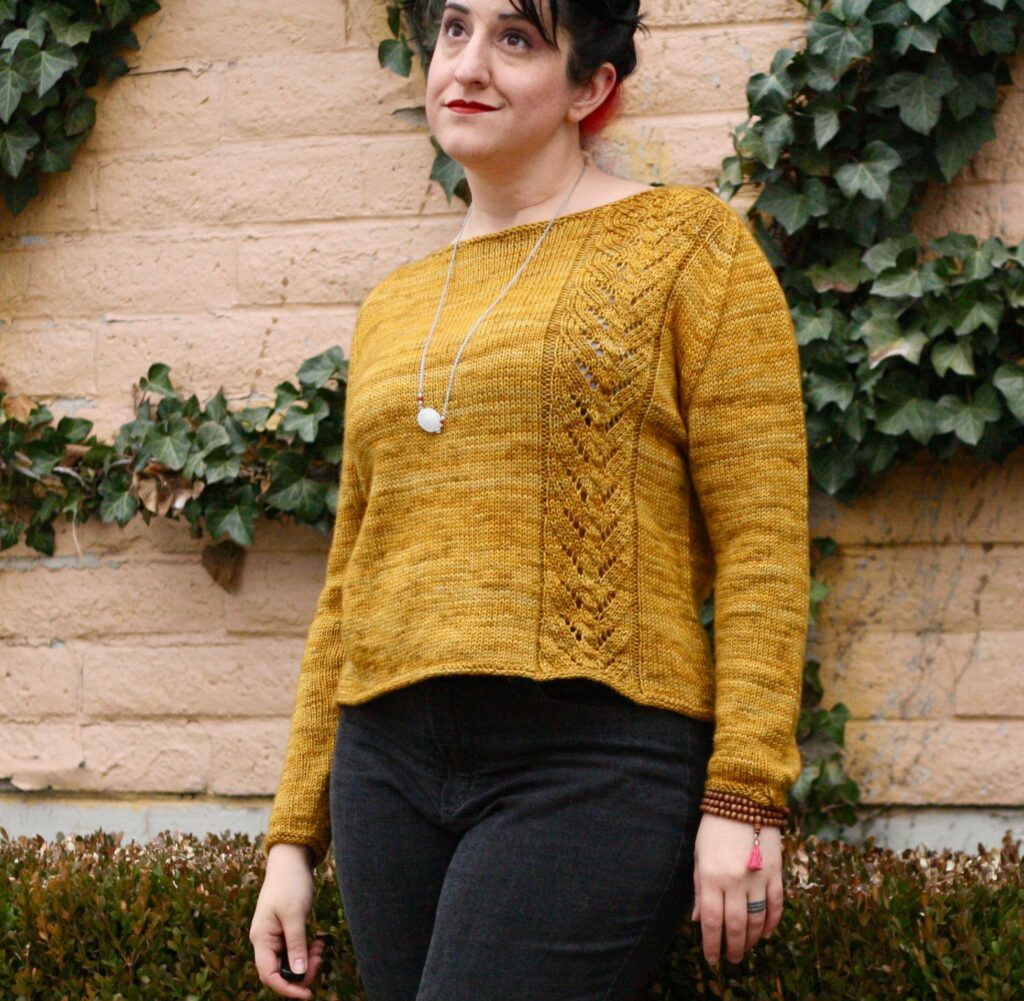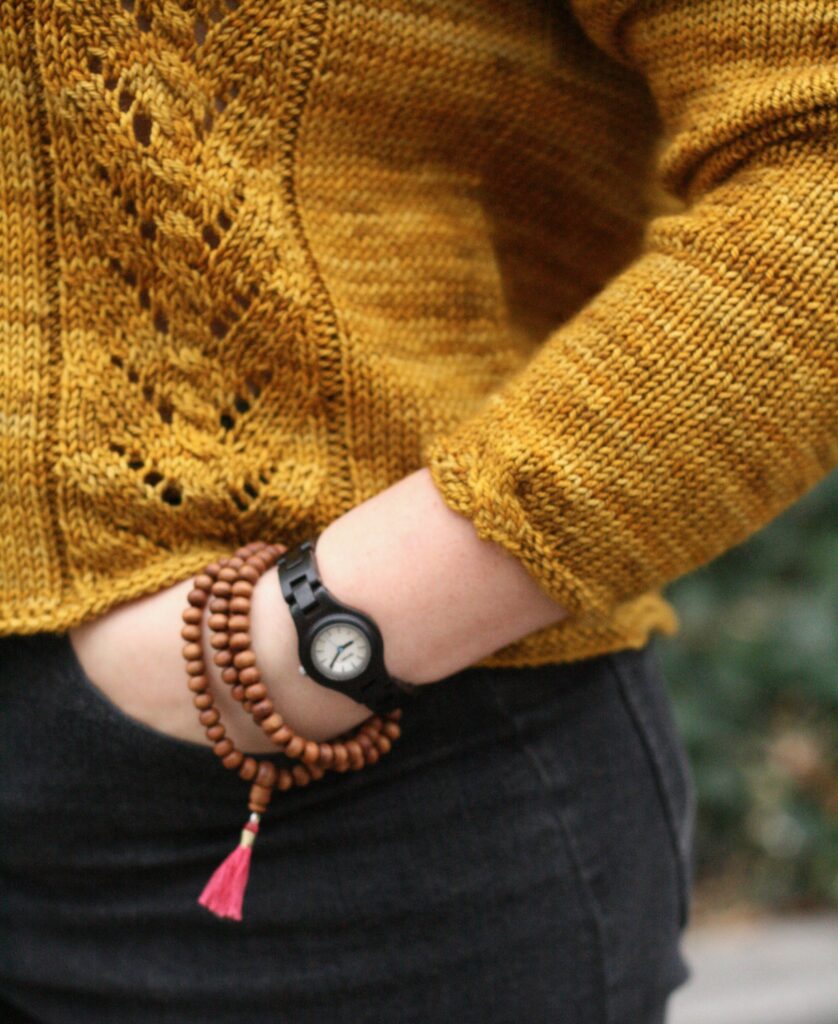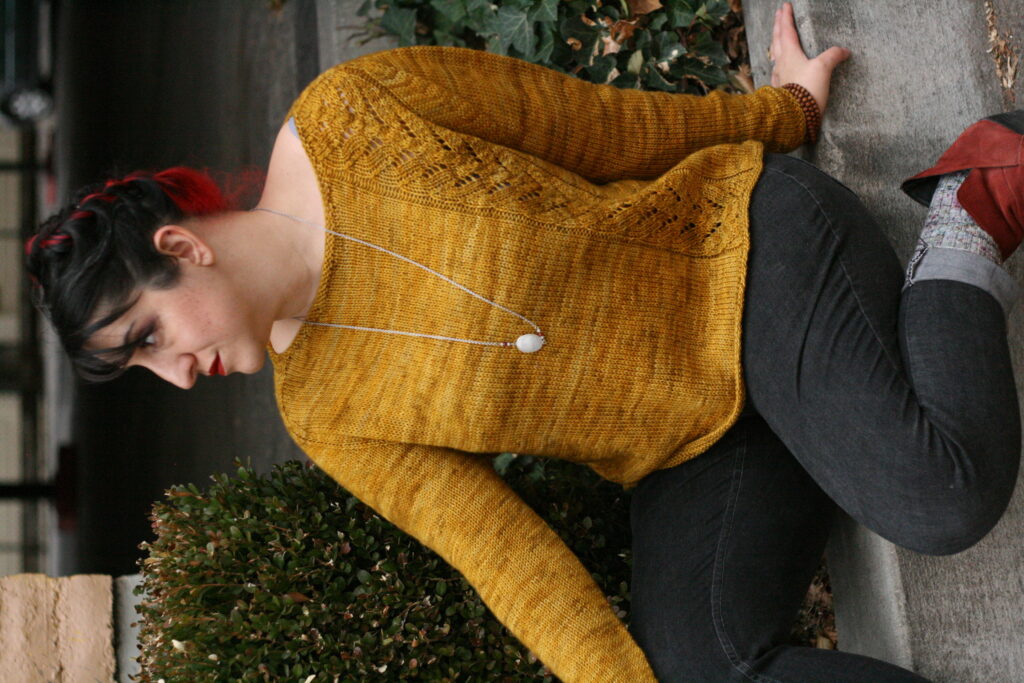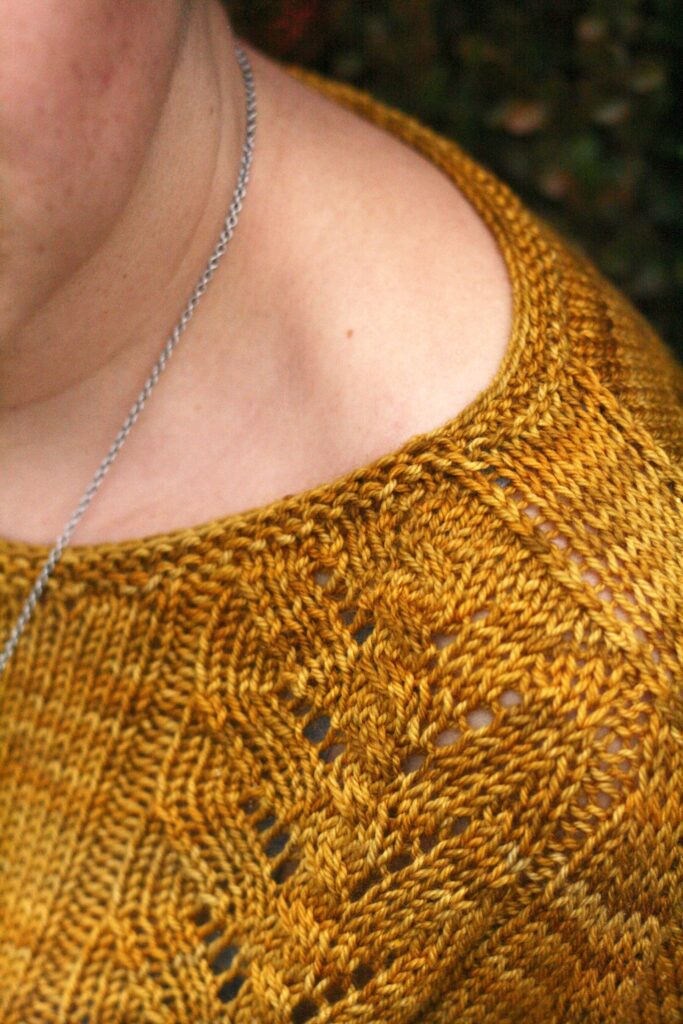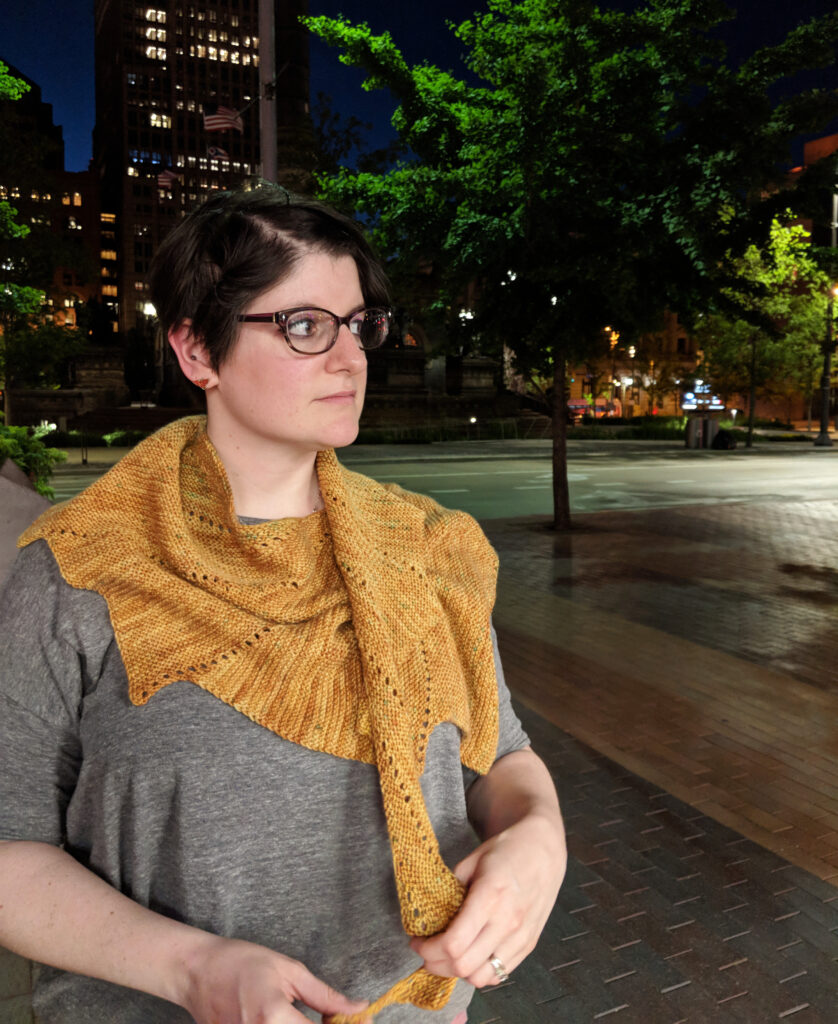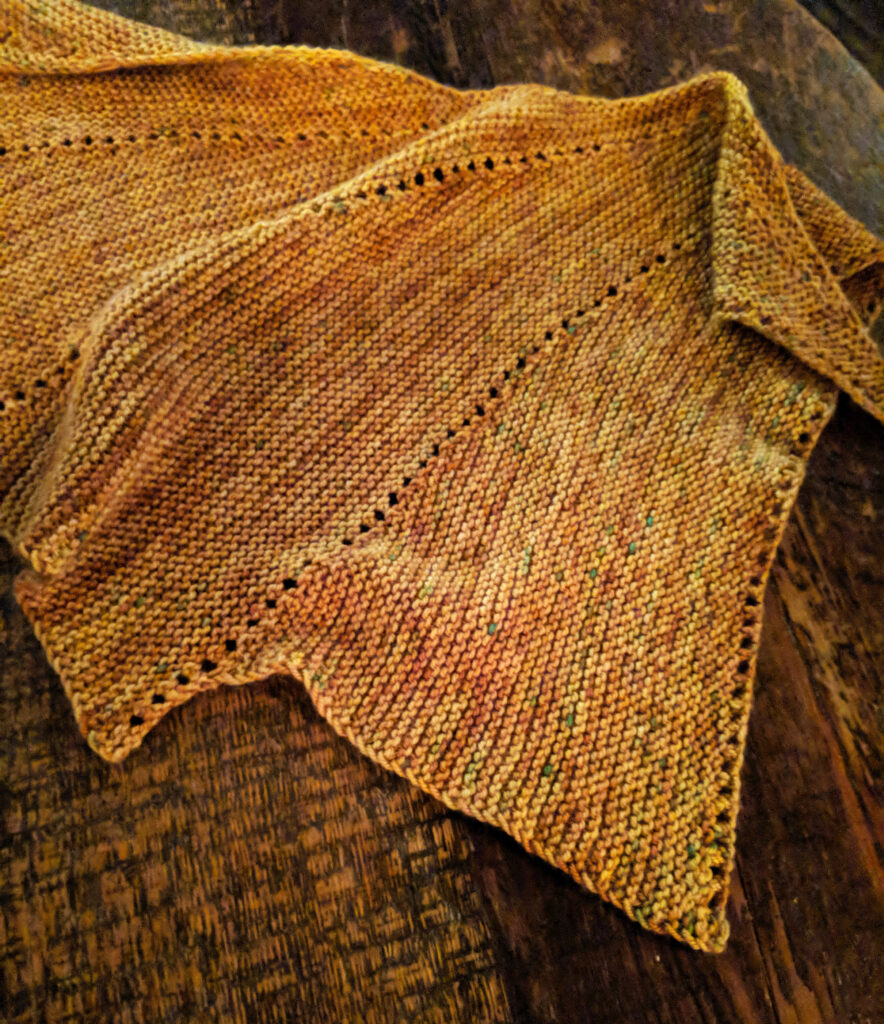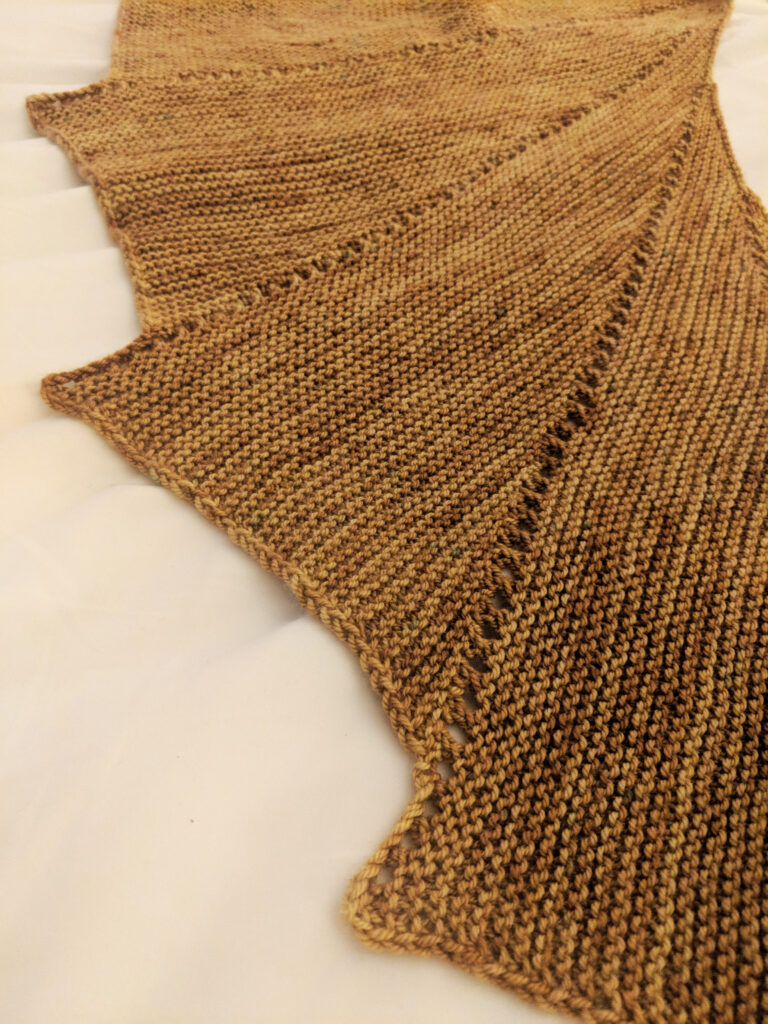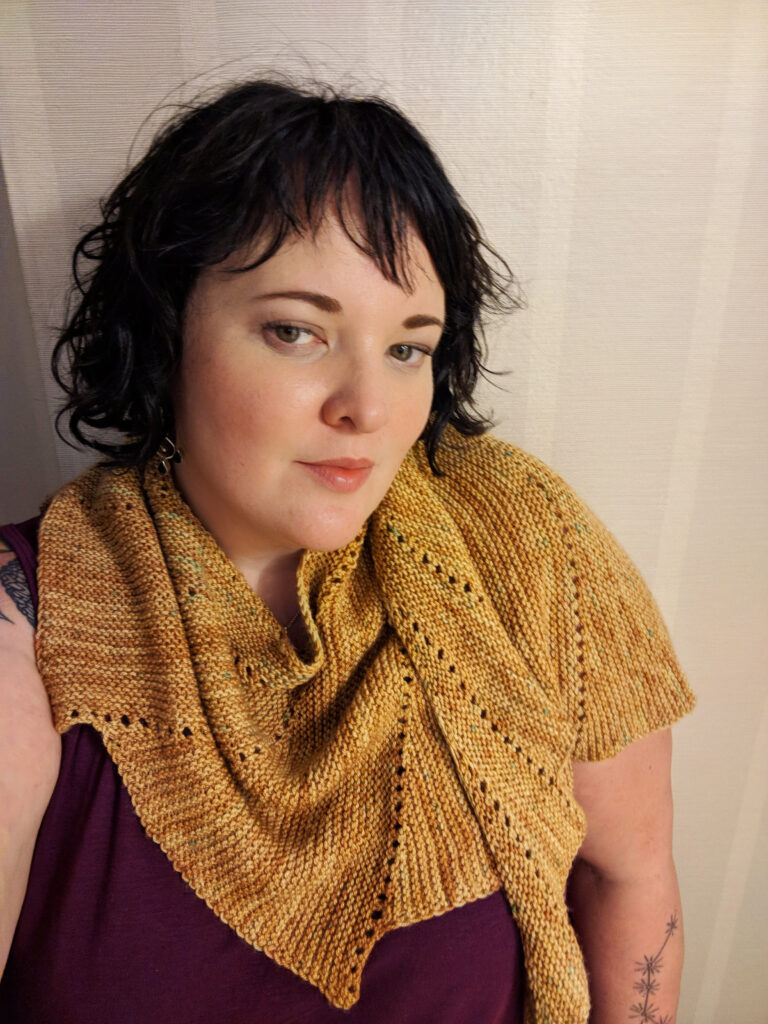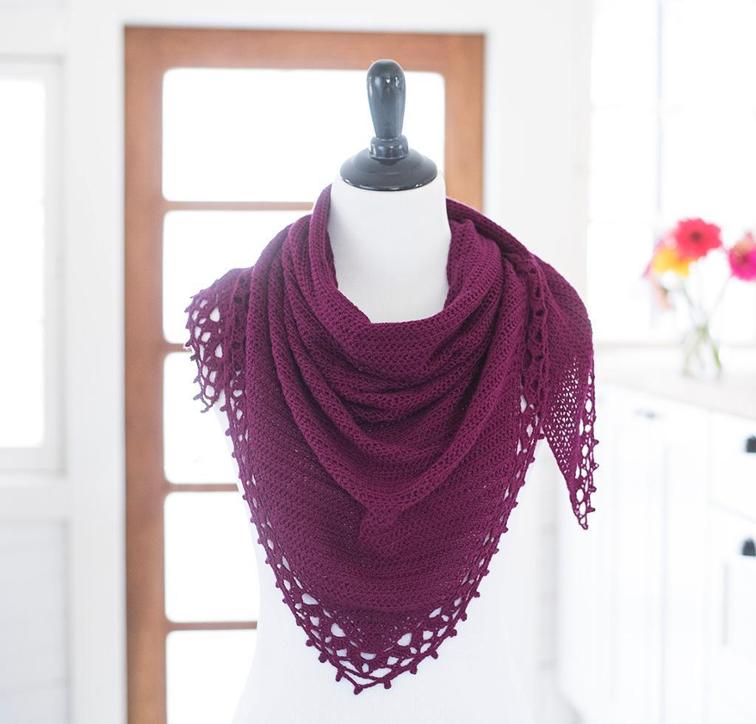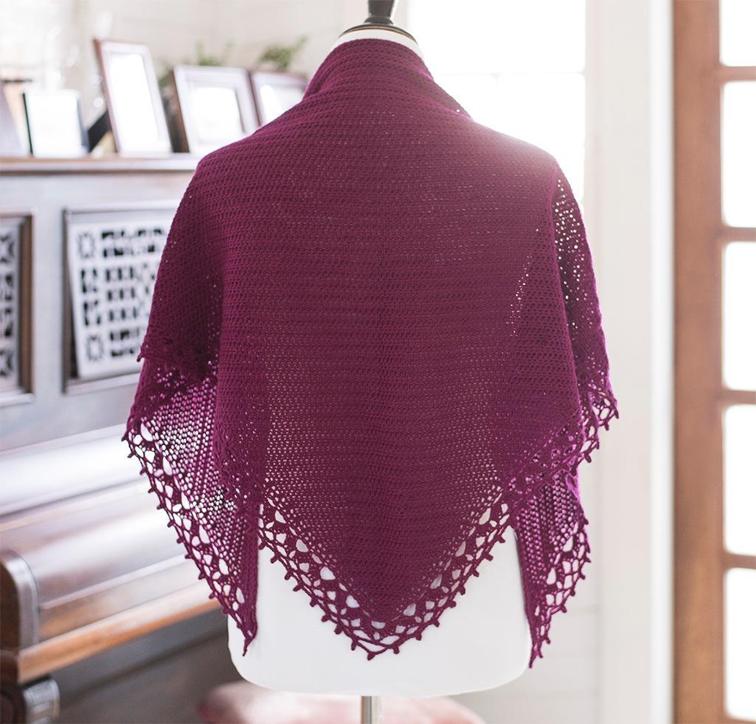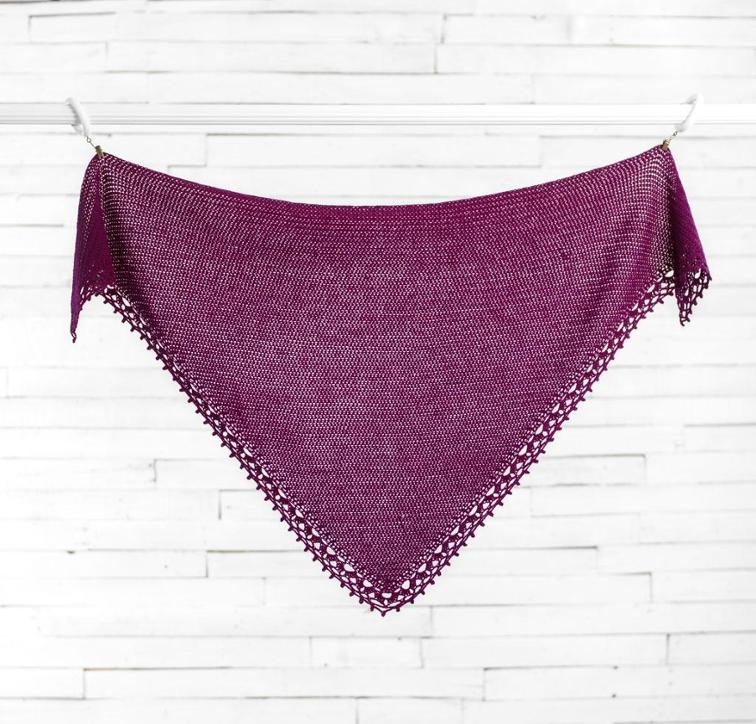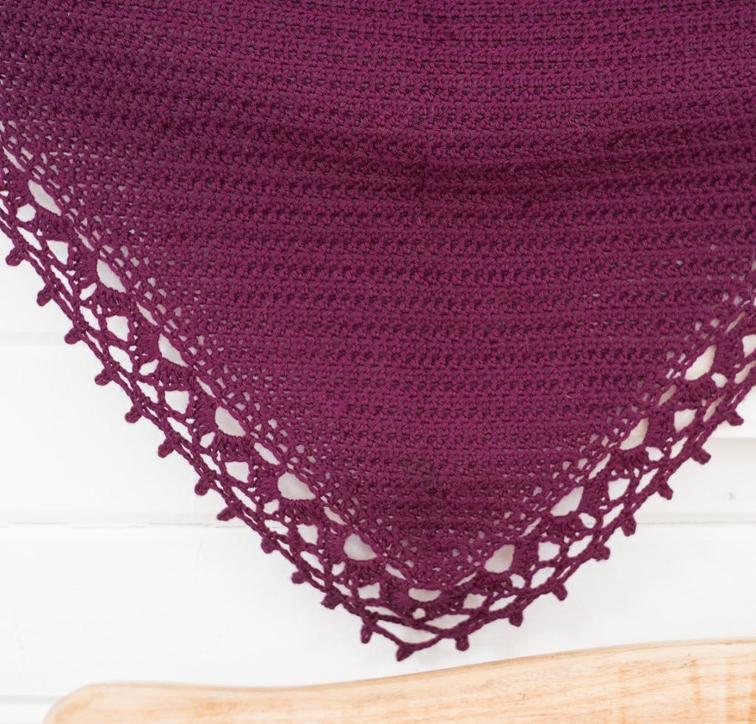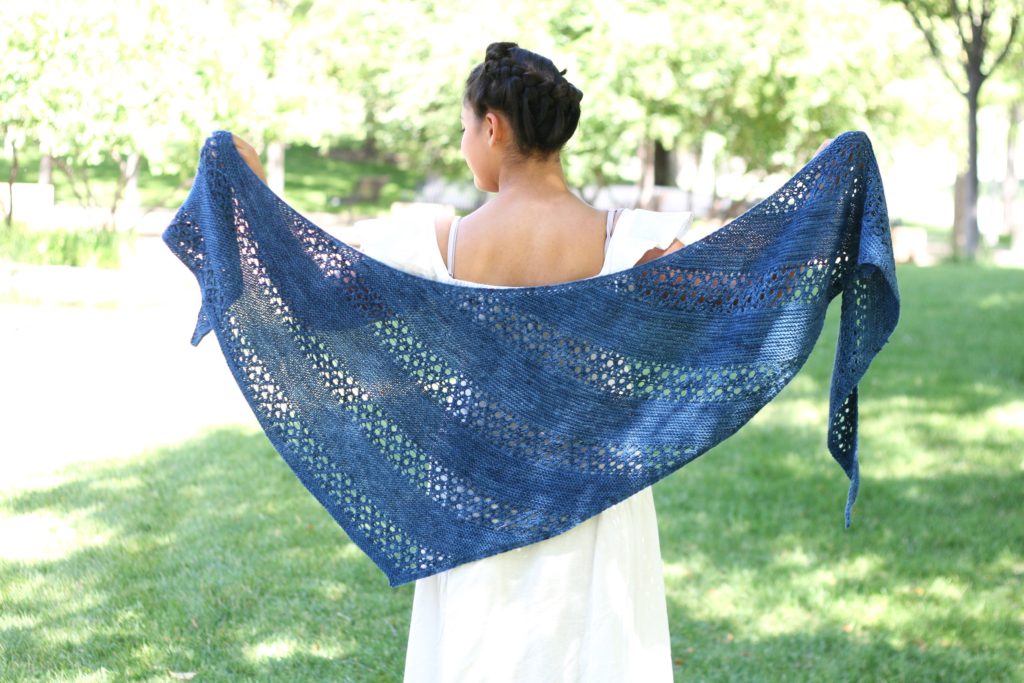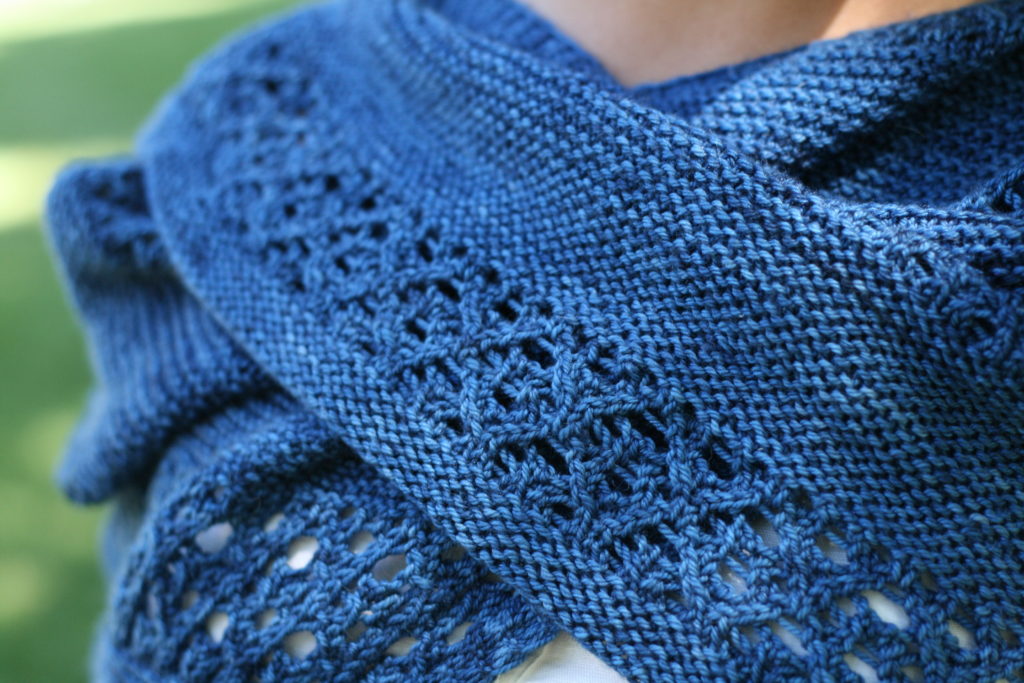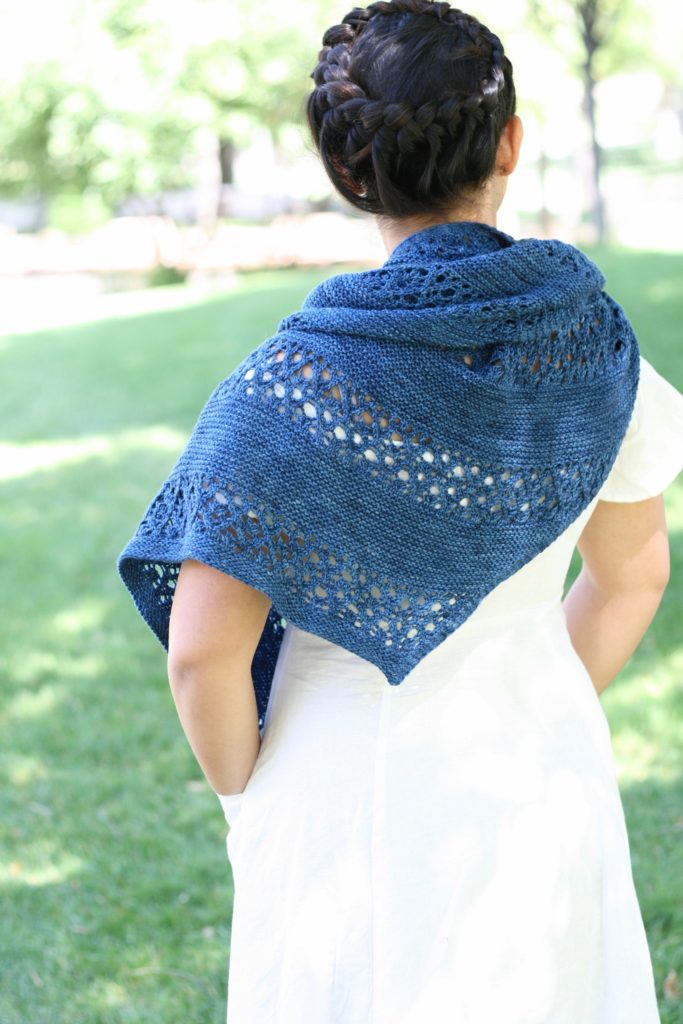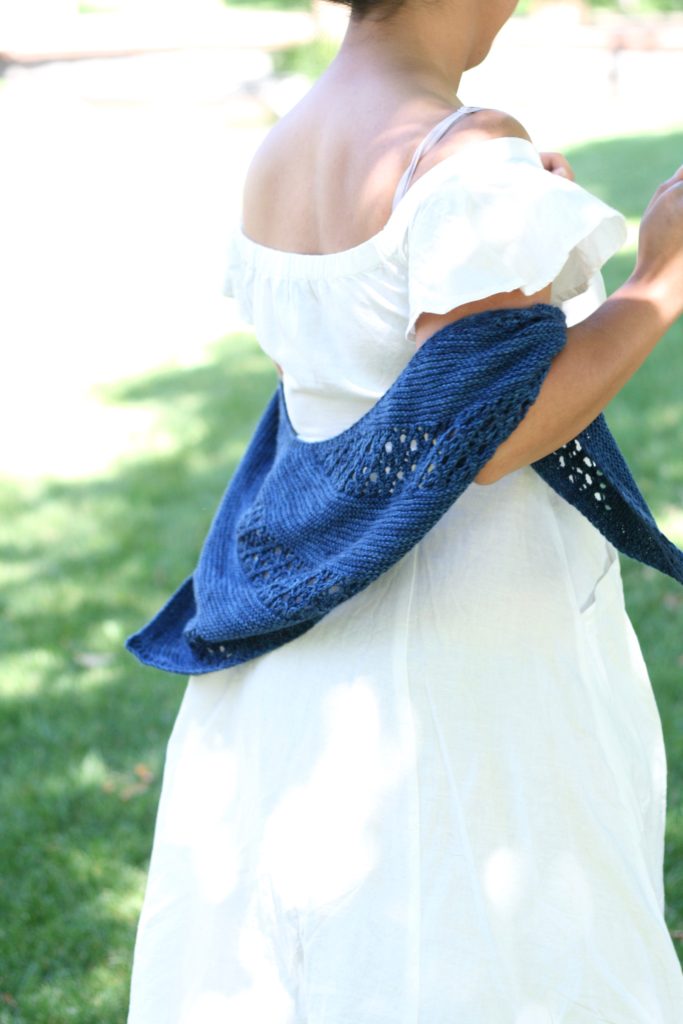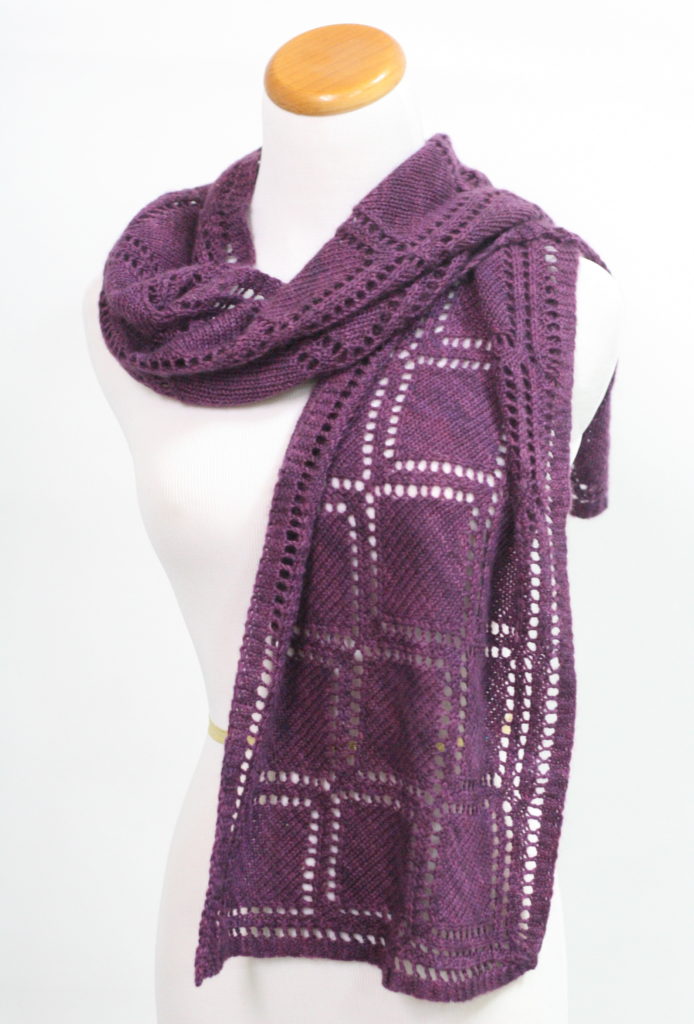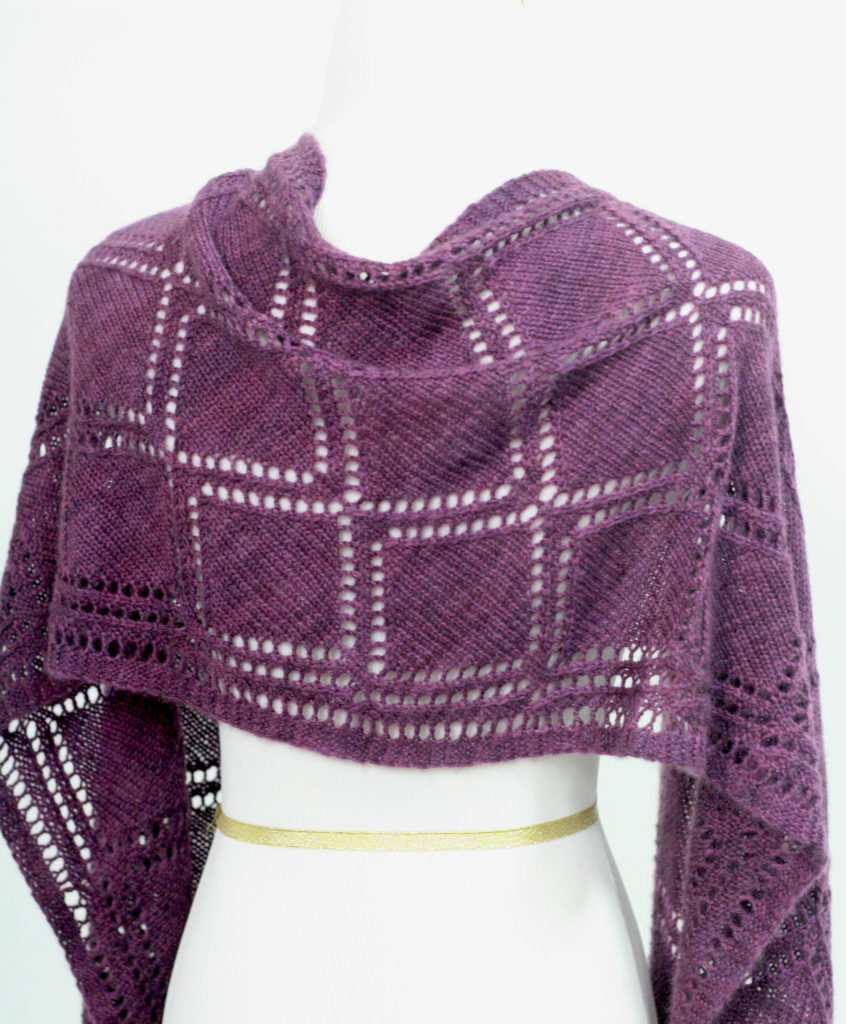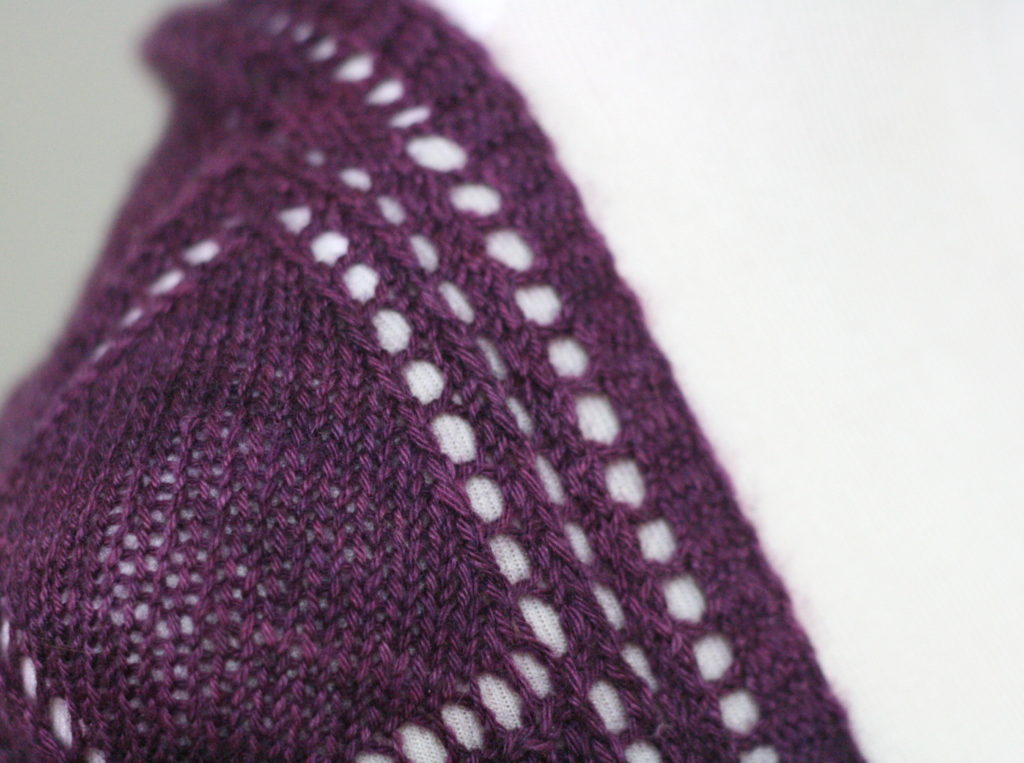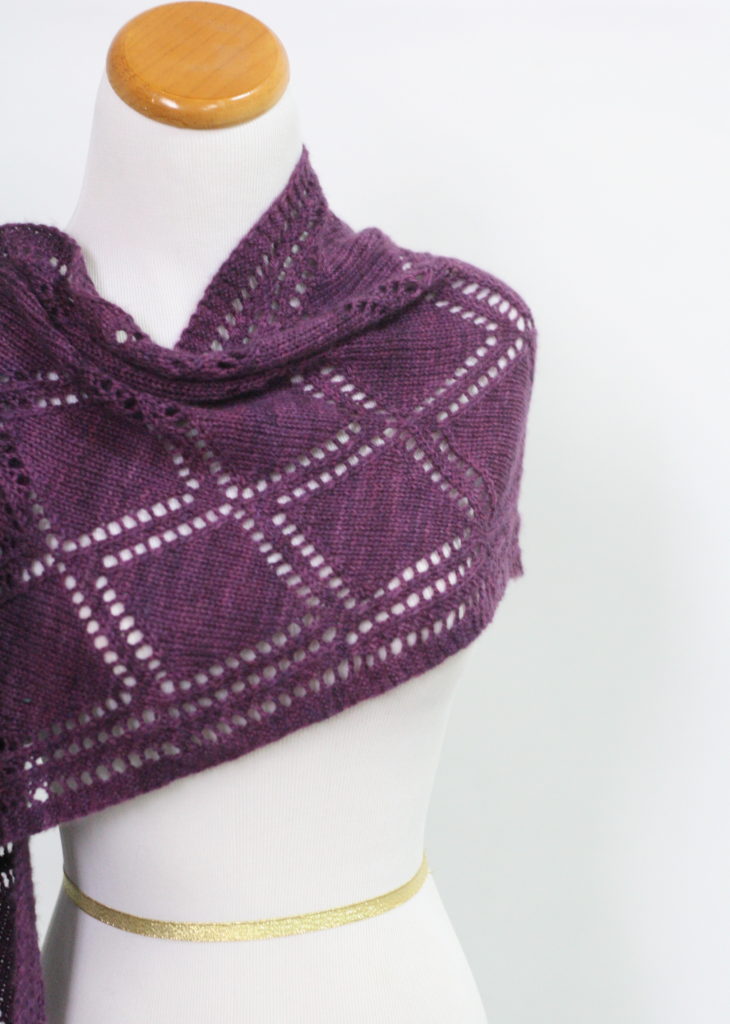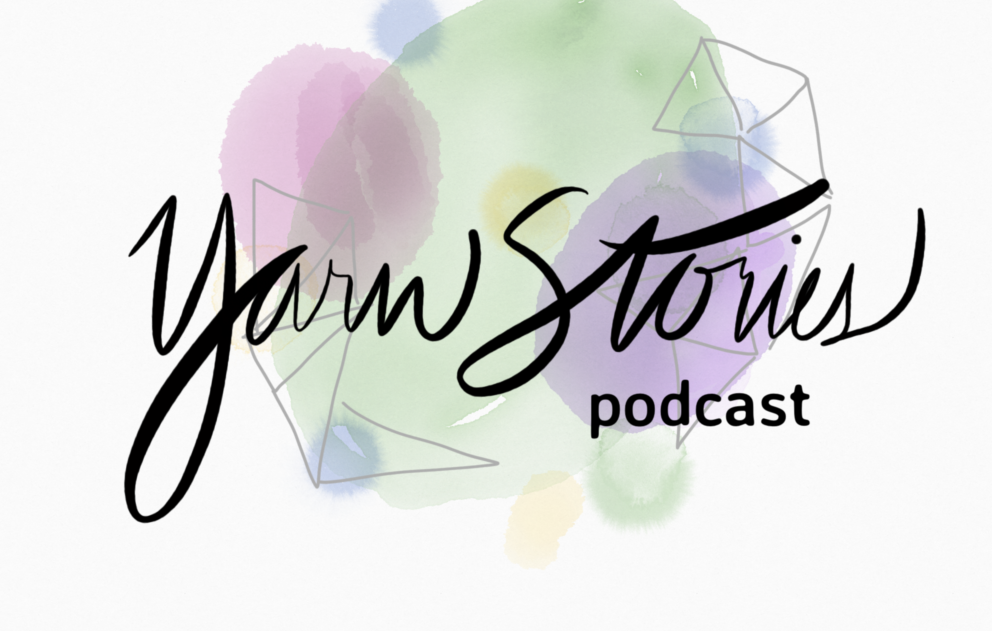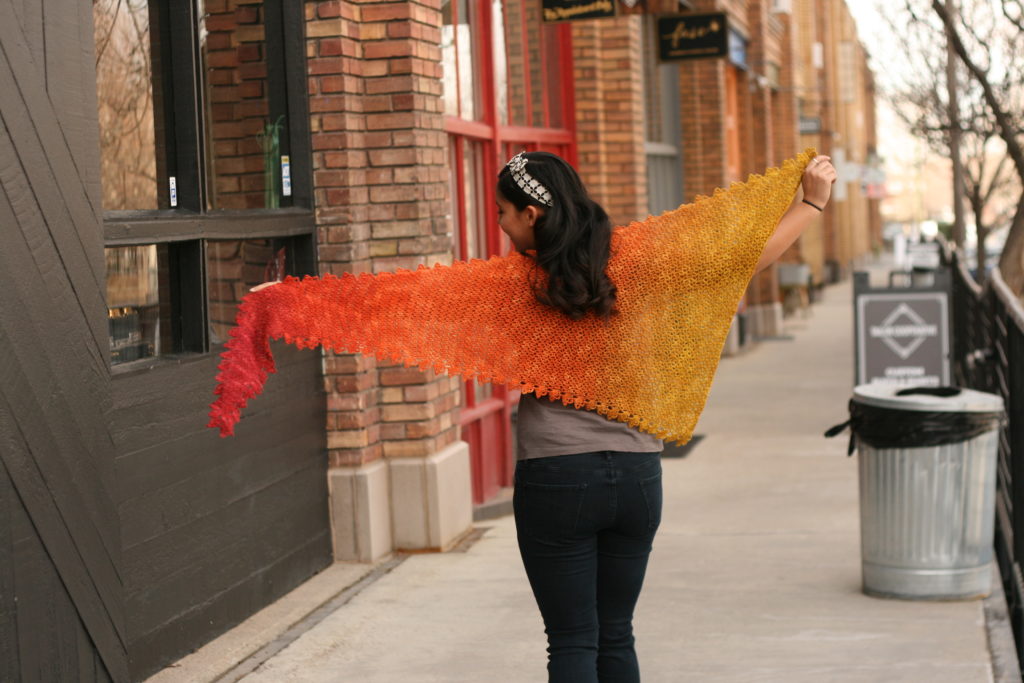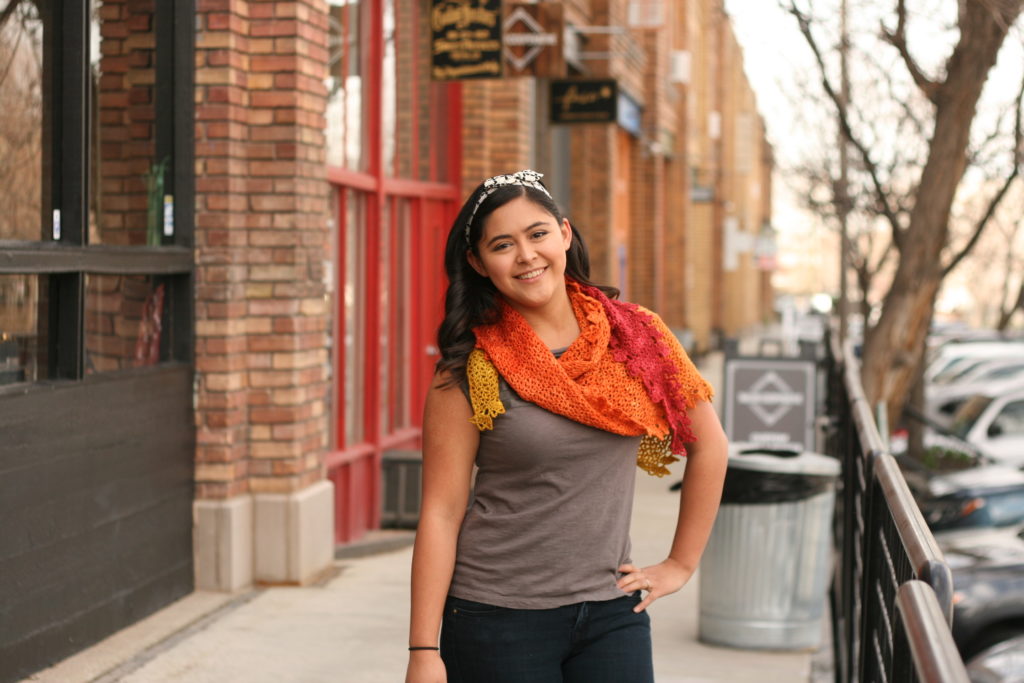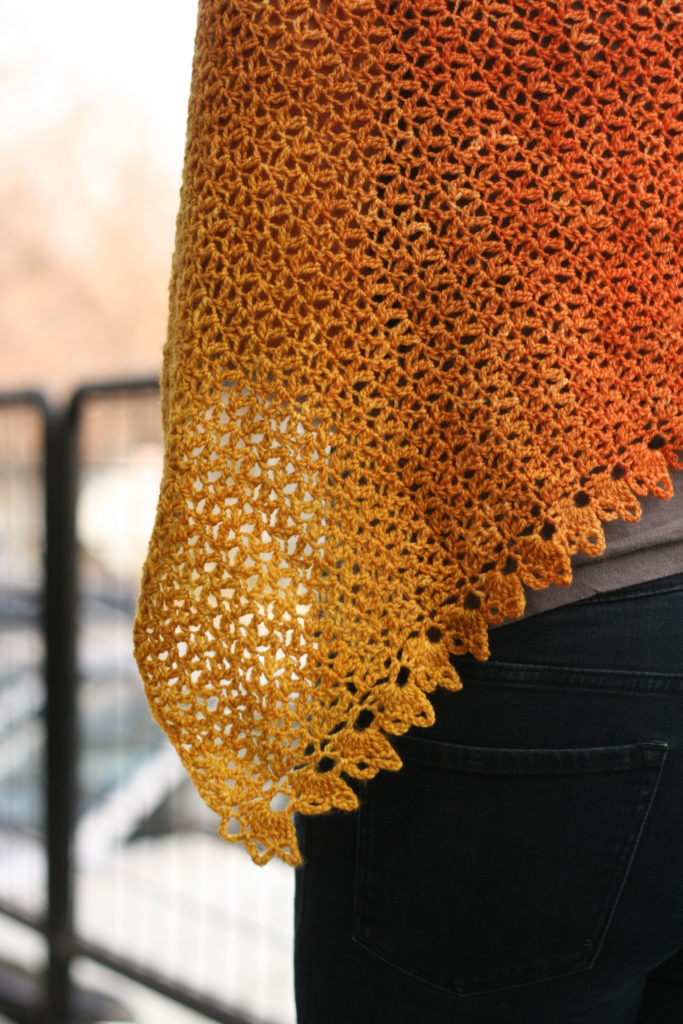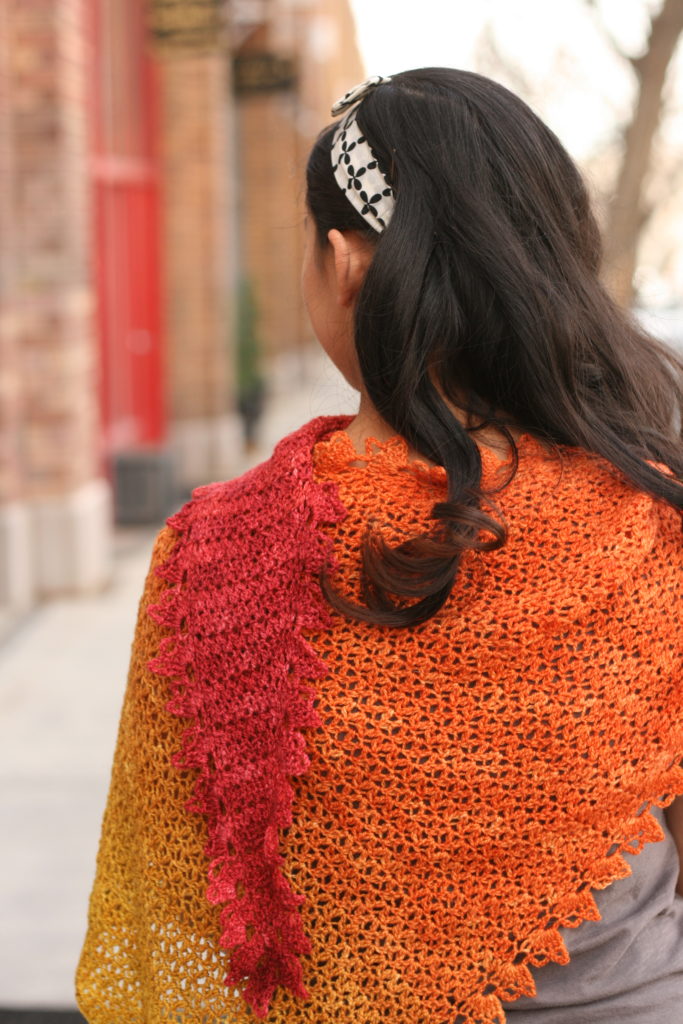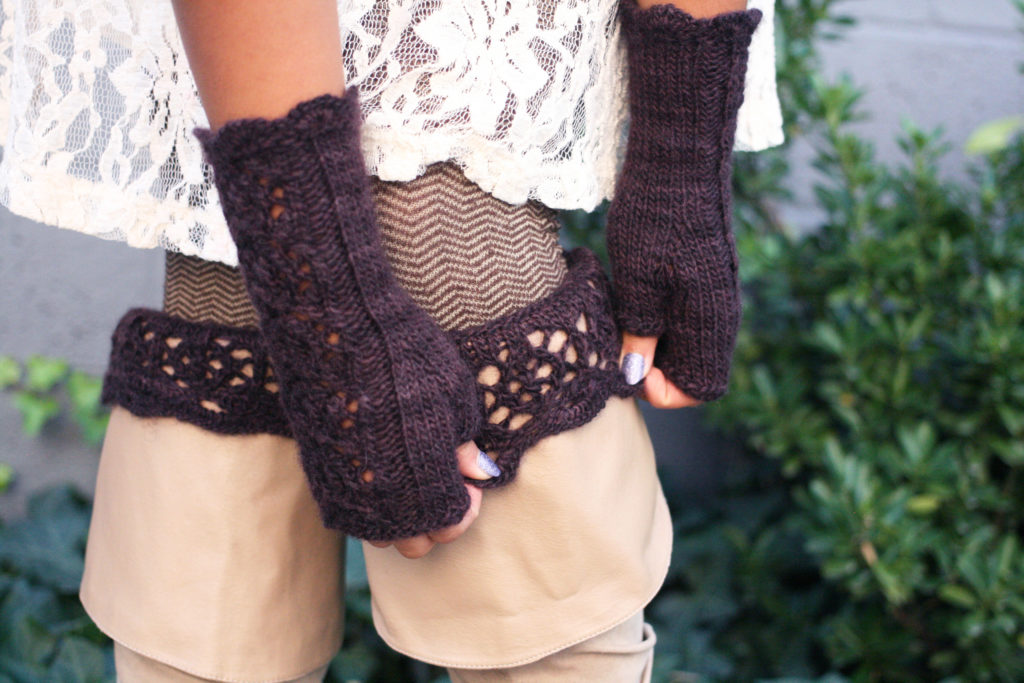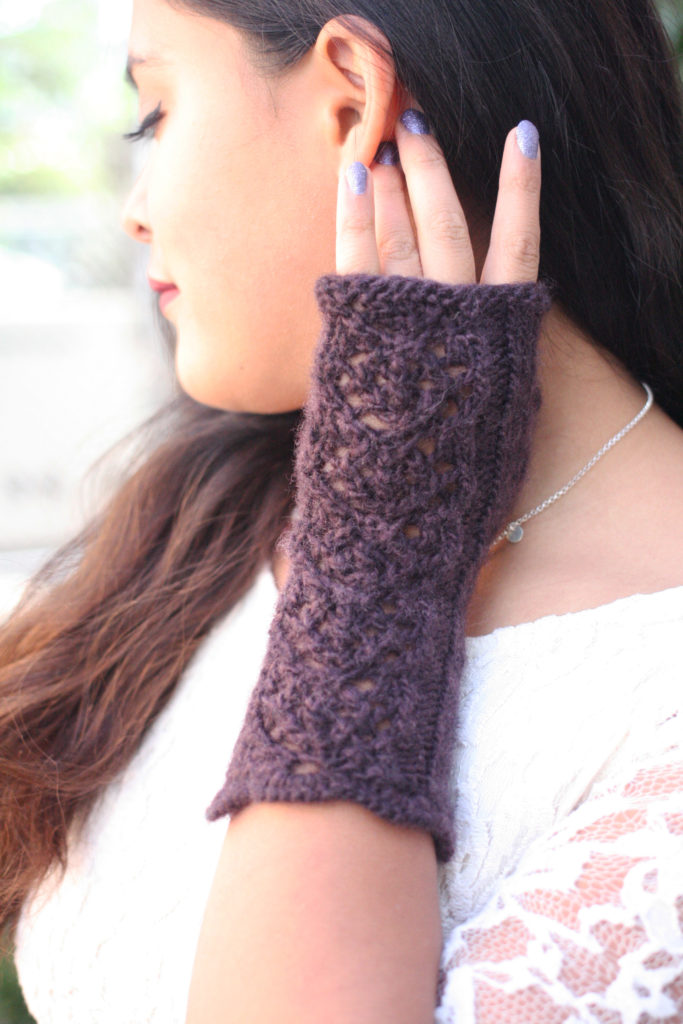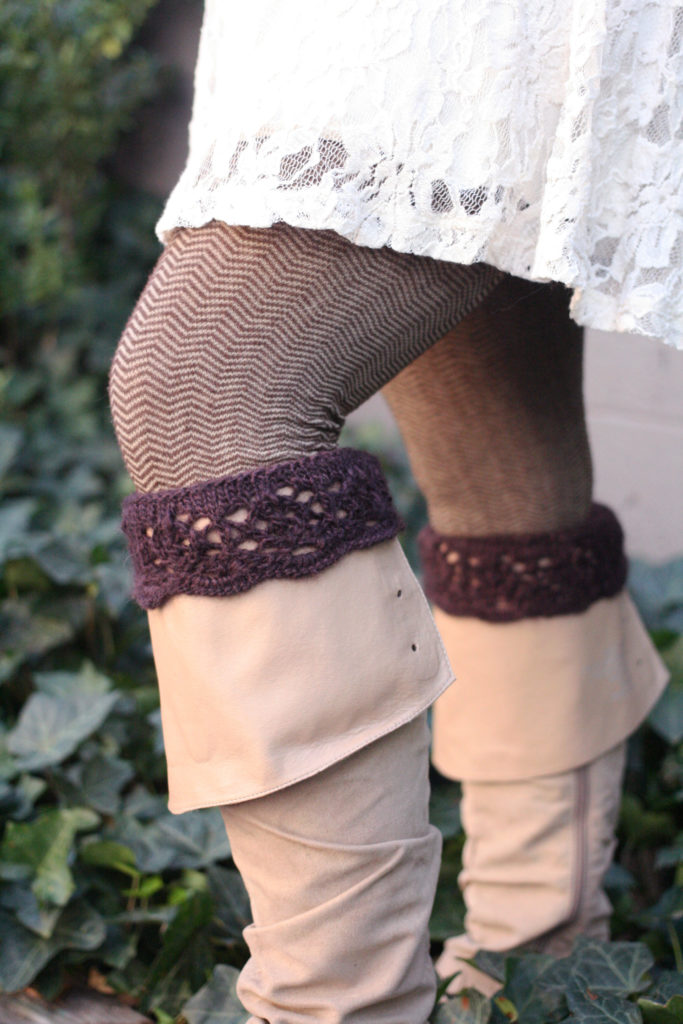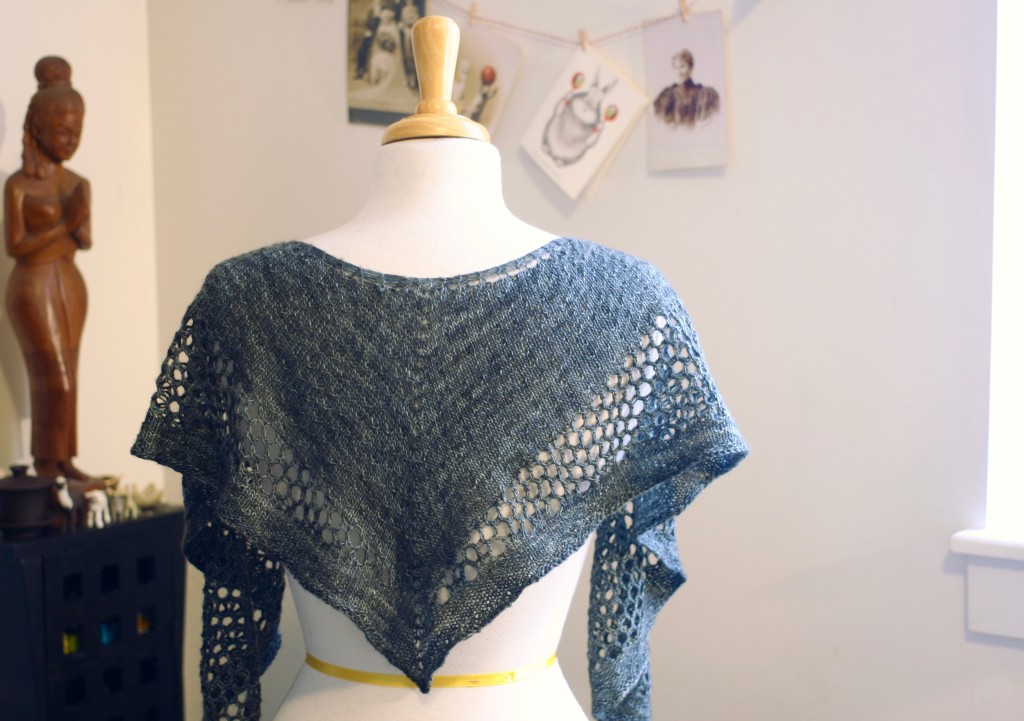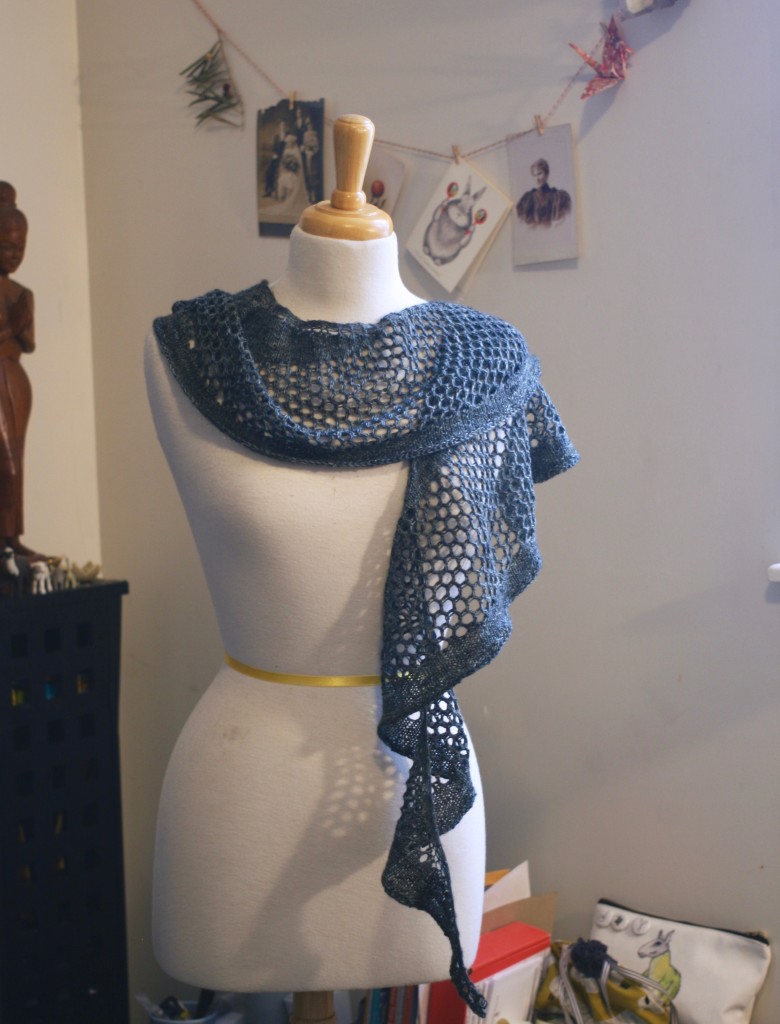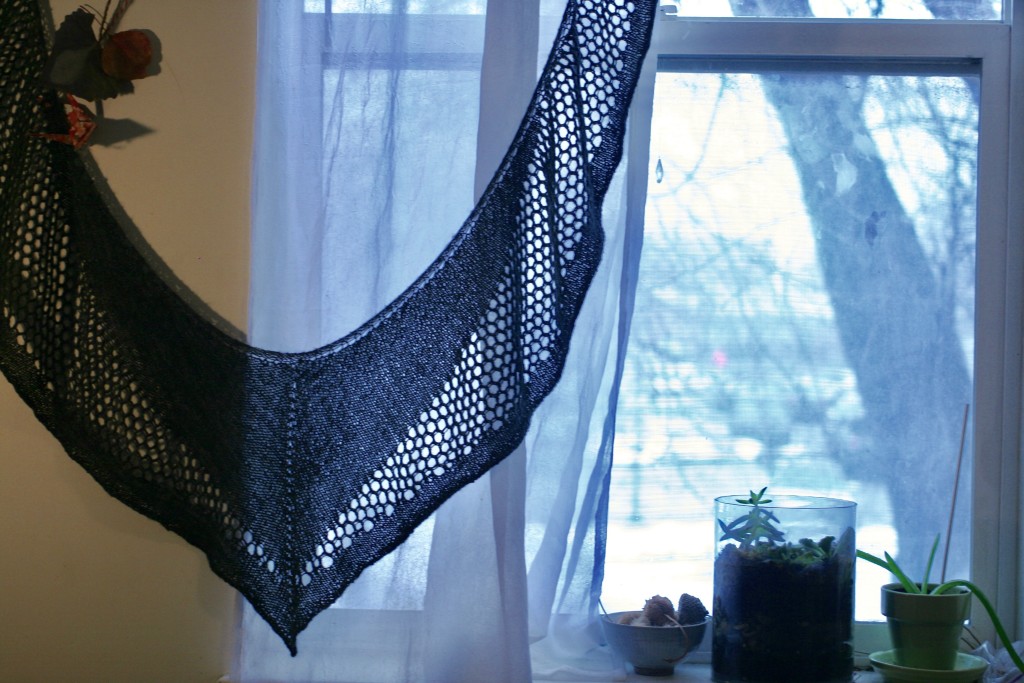**** ATTENTION: I am not a lawyer, do not take my advice as legal guidance. I am just a designer who has done this before many times.****
Hey designers, looks like PinDIY is at it again. Here’s what to do if you find that your patterns are listed.
Part I – NameSilo
The owner of PinDIY.com is NameSilo. NameSilo has an abuse form here.
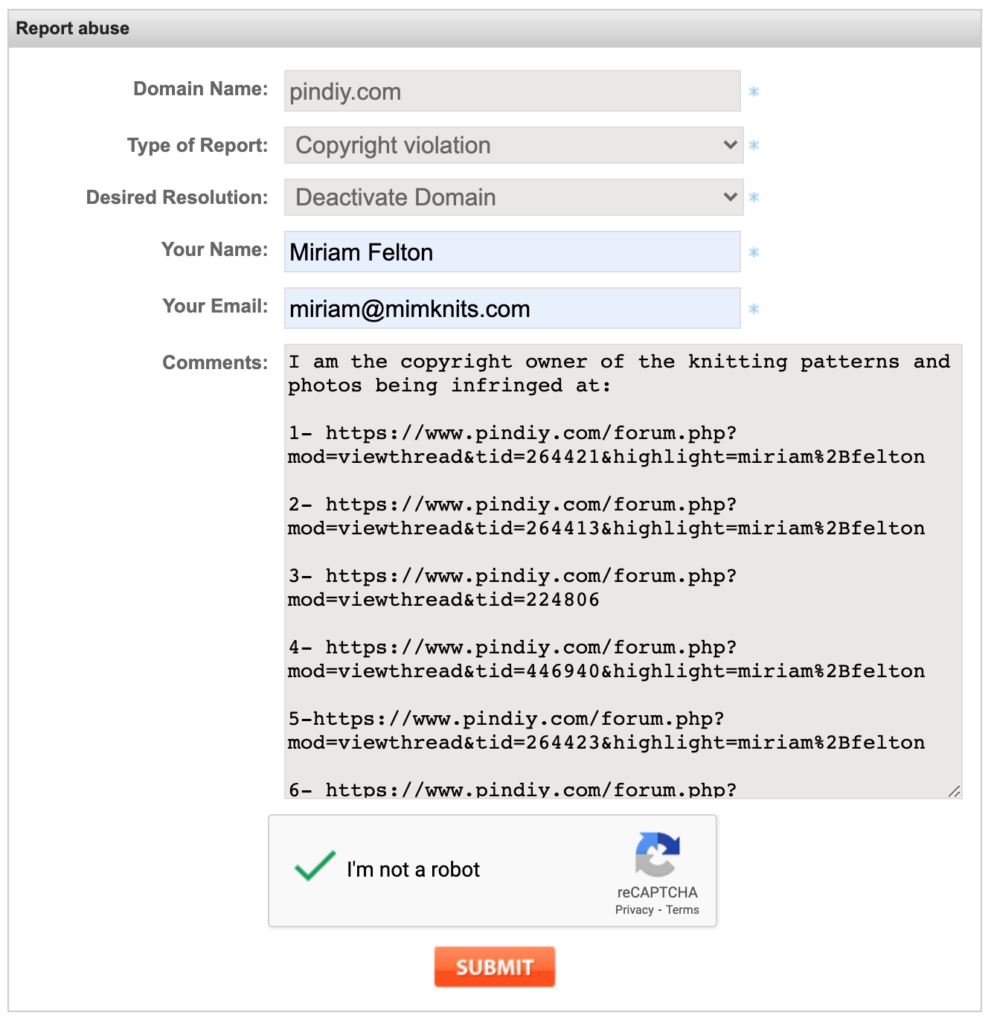
When you fill out the form, this is what to write, you can copy and paste and insert the URLs of your infringed patterns where indicated. If you are NOT the copyright holder, don’t use this language. Send a message to the copyright holder along with a link to this post.
TAKE SCREENSHOTS OF EVERYTHING YOU SEND THEM!
The domain is pindiy.com, you are reporting Copyright Infringement, and you wish to Deactivate the Domain.
I am the copyright owner of the knitting patterns and photos being infringed at:
Insert your URLs here, I numbered mine to keep them straight.
This letter is official notification under the provisions of Section 512(c) of the Digital Millennium Copyright Act (“DMCA”) to effect removal of the above-reported infringements. I request that you immediately remove the specified postings and prevent the infringer, who is identified in its web address, from posting the infringing material to your servers in the future. Please be advised that the law requires you, as a service provider, to “expeditiously remove or disable access to” the infringing patterns upon receiving this notice. Noncompliance may result in a loss of immunity for liability under the DMCA.
I have a good faith belief that use of the material in the manner complained of here is not authorized by me, the copyright holder, or the law. The information provided here is accurate to the best of my knowledge. I swear under penalty of perjury that I am the copyright holder.
Please send a prompt response to me at the email address listed below indicating the actions you have taken to resolve these matters.
Sincerely,
Your Name
youremail @ yourdomain.com (remove the spaces)
Once you confirm you’re not a robot and submit it will give you a message saying basically “we may not be able to do anything about this”. Resubmit it anyway. Take Screenshots. Once you’re done it should look like this:

Part II – Cloudflare Hosting
I have received this response from NameSilo, so… not helpful.
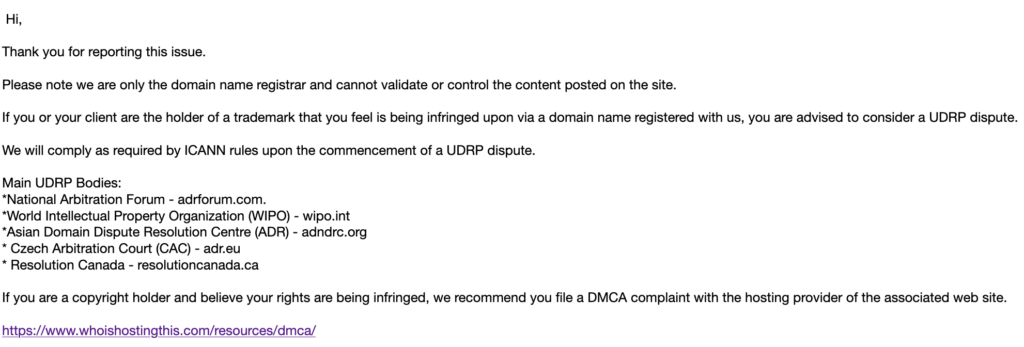
As a result, we should all contact PinDIY’s webhost, Cloudflare. You can find their abuse reporting page here.
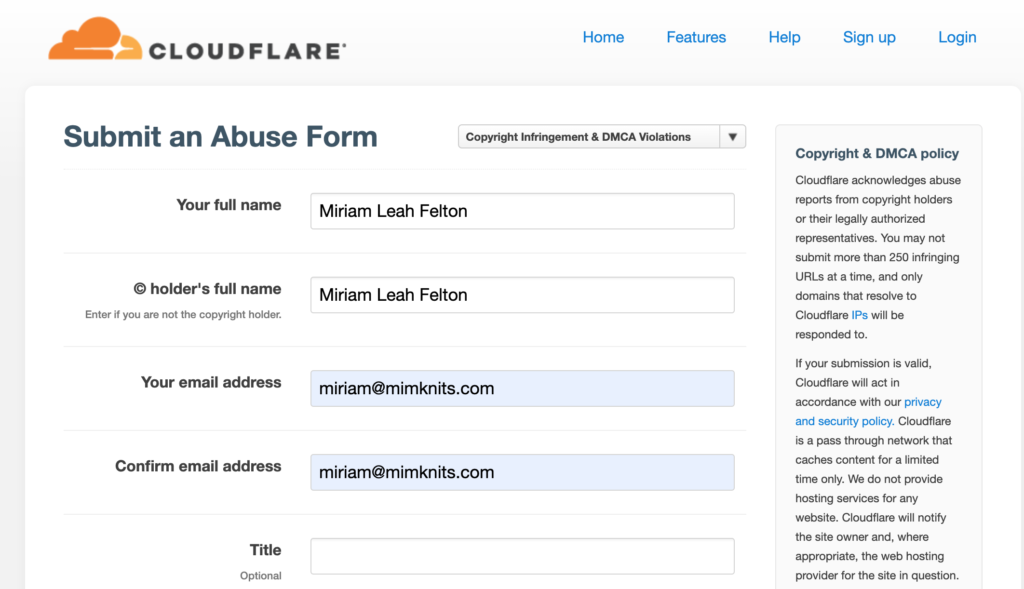
You will need the list of your offending URLs again, and just fill out the rest. It’s basically the same as the first form on NameSilo. For the description of the original work I put:
PDF instructions for knitting the specified garment/accessory and photos from the PDF or my original listings on my own site.
Make sure you electronically sign it at the bottom and check the box for “I understand and agree”. I checked both boxes for “forward my report to the hosting provider” and “forward my report to the website owner”
***NOTE: The form will expire if you take too long to fill it out, so you will have to refresh it and re-enter. I suggest keeping your canned response with your URLs in a word processor or google doc so you don’t have to keep gathering them all. You will also know that it’s been submitted with a green banner across the top that confirms your submission. ***
TAKE YOUR SCREENSHOTS!
Part III – App Takedown
I was gonna give you all the instructions for that, but PinDIY’s app seems to already be down on both the Apple Store and the Google Play Store, so yay!
Part IV – AliBaba
More run-around. Cloudflare says they are only a “pass-through security service” and we really need to contact AliBaba. *sigh* So send an email with the same stuff in it as Part I above to intl-abuse@list.alibaba-inc.com
I used the subject line of “DMCA Takedown Request”
Part V – Big Guns
I’ve been in contact with the EFF (Electronic Frontier Foundation) and they referred me to the New Media Rights Organization, which I’ve been talking with about this. We’re gathering info and seeing where we stand. I’ll keep you all posted.
Please do let me know what responses you get. I am working on getting us some big guns, but haven’t heard back yet. I’ll keep y’all posted in my stories and highlights on my Instagram.
<3
M
